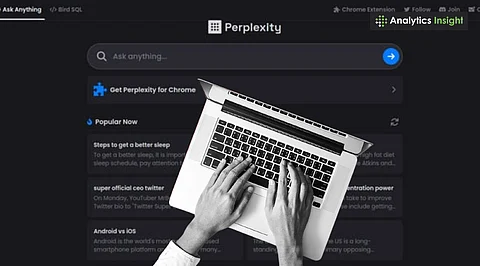
Recent changes in how Perplexity AI ranks content have significant implications for content creators across various fields. This AI-driven platform prioritizes structured and authoritative information from trusted sources, shifting the focus from traditional search engine optimization (SEO) tactics to a new paradigm called Generative Engine Optimization (GEO). As digital publishing evolves, understanding these new rules is essential for journalists, educators, and brands aiming for visibility and credibility.
Understanding Perplexity’s Ranking System
Perplexity AI employs a sophisticated three-tier machine learning system known as L3 reranking. This approach evaluates content based on several key factors, including semantic depth, topical authority, and clarity. Unlike traditional SEO, which often emphasizes backlinks and keyword density, Perplexity favors content that is concise and well-organized. It seeks out named entities—such as individuals, organizations, events, or concepts—enhancing its preference for authoritative voices. For instance, citing a statement from NASA or the IPCC carries more weight than a casual blog quote when discussing climate change.
The algorithm’s preference for trustworthy sources is evident in its consistent ranking of prominent sites like GitHub, Amazon, Wikipedia, and Coursera. These platforms possess what experts call a “trust tier advantage,” making them inherently reliable in the eyes of the AI. Nevertheless, smaller independent publishers can compete by establishing domain credibility, producing original research, and maintaining transparent editorial standards.
Content Structure and Recency Matter
In the evolving digital landscape, the structure of content has taken on greater importance than ever before. Perplexity AI is more likely to reference pages that exhibit clear organization, such as FAQ sections, question-based subheadings, and concise summaries. Disorganized content with walls of text or hidden insights risks being overlooked. Effective use of HTML structure, readable headings, and friendly formats improves a page’s chances of passing through Perplexity’s filters.
Recency also plays a crucial role in visibility. Content that has been updated within the past six to twelve months is favored, particularly for rapidly changing topics like AI, politics, finance, or health. Engagement metrics, including clicks, shares, and backlinks, can further enhance visibility. Timely breaking news can provide an initial boost, especially if the content is quoted by mainstream media.
While Perplexity is primarily text-focused, the inclusion of multimedia elements can enhance a page’s ranking. Content featuring videos, infographics, or charts is likely to perform better, particularly if these assets come from reputable sources. This trend aligns with observations from platforms like Google Discover, where visually appealing pages achieve higher engagement.
Embracing Generative Engine Optimization
As AI becomes the standard interface for search, Generative Engine Optimization (GEO) is emerging as a vital strategy for content creators. GEO emphasizes making content comprehensible to AI models rather than solely to human readers. Key strategies include organizing information in a question-answer format, employing schema markup for FAQs, predicting follow-up questions, and using straightforward language. This approach prepares content for a conversational context, enhancing its accessibility to AI.
The shift towards platforms like Perplexity signifies a transformative moment in digital content creation. As the landscape transitions away from traditional SEO, content must cater not only to human readers but also to AI algorithms. For journalists and publishers, this presents both challenges and opportunities. The new benchmark of digital significance is being quotable, both by human audiences and algorithmic systems.
In summary, adapting to the unique demands of Perplexity AI requires a focus on clarity, structure, and authority. By embracing these principles, content creators can navigate this new digital landscape effectively, ensuring their work is not only visible but also trusted and referenced in an increasingly AI-driven world.







